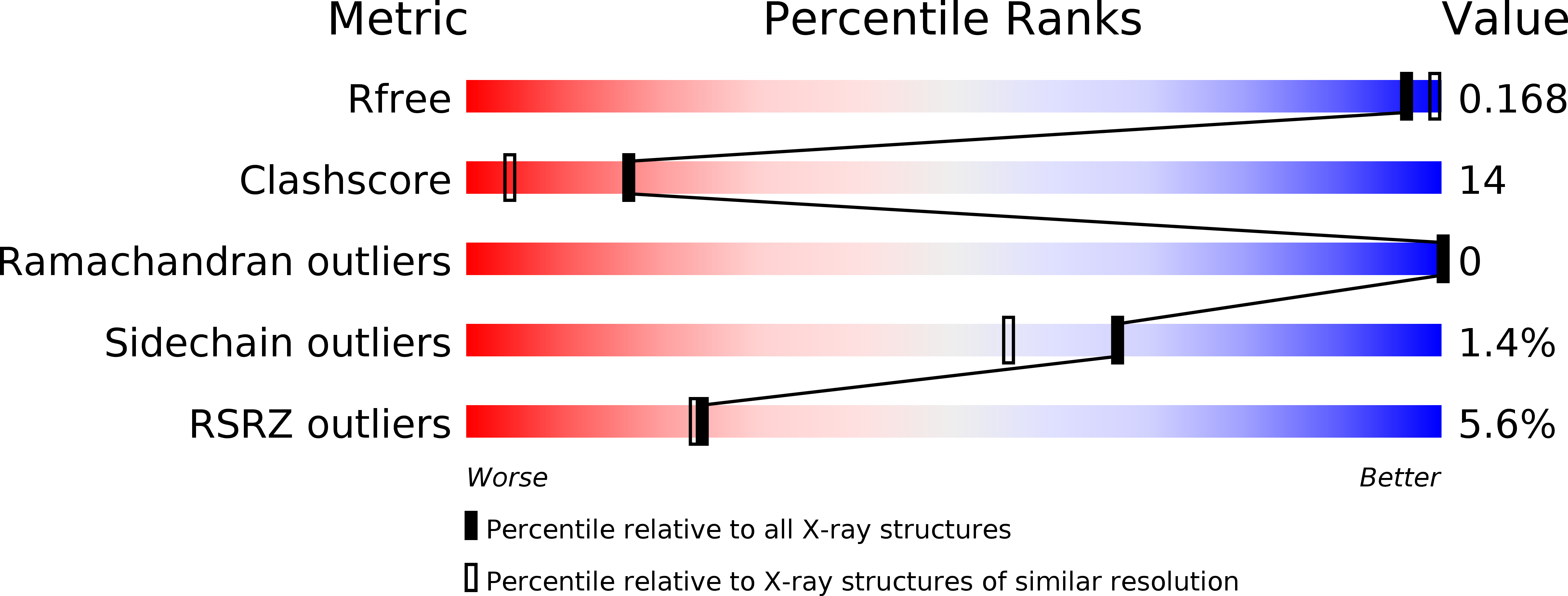
Deposition Date
2012-01-23
Release Date
2012-06-06
Last Version Date
2024-11-20
Entry Detail
PDB ID:
4DFH
Keywords:
Title:
Crystal structure of cell adhesion molecule nectin-2/CD112 variable domain
Biological Source:
Source Organism:
Homo sapiens (Taxon ID: 9606)
Host Organism:
Method Details:
Experimental Method:
Resolution:
1.85 Å
R-Value Free:
0.19
R-Value Work:
0.17
R-Value Observed:
0.17
Space Group:
P 1 21 1


